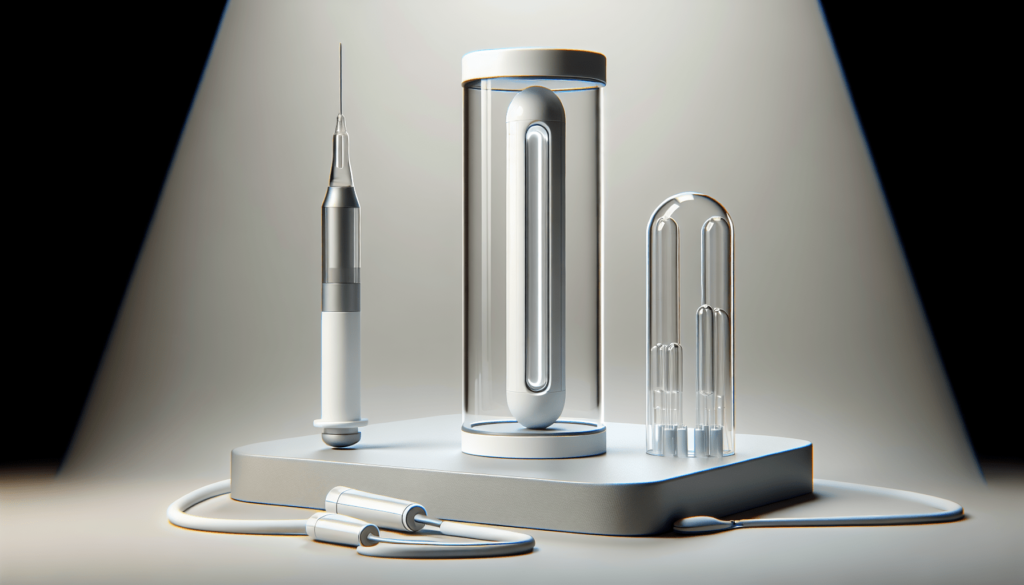In this article, we explore an interesting question: can penis pumps be used as a treatment for Peyronie's disease? Peyronie's disease, a condition characterized by the development of fibrous scar tissues in the penis, can cause pain and curvature of the organ during erection. However, recent research suggests that penis pumps may offer potential benefits in managing the symptoms of this condition. By providing a gentle vacuum pressure, these devices could potentially improve blood flow, alleviate pain, and reduce the curvature associated with Peyronie's disease. Let's delve into the details and uncover whether these pumps could provide a viable solution for those affected by this condition.
Understanding Peyronie's Disease
Defining Peyronie's disease
Peyronie's disease is a condition characterized by the development of abnormal scar tissue, or plaque, in the penis. This scar tissue causes the penis to curve or bend during erection, leading to pain, discomfort, and in severe cases, difficulty with sexual intercourse. The condition can also result in psychological distress and relationship issues. Peyronie's disease is relatively common, affecting approximately 1 in 10 men, but its exact cause remains unknown.
Understanding the causes
While the exact cause of Peyronie's disease is unknown, it is believed to be multifactorial. Trauma to the penis, such as during sexual activity or injury, is often considered a potential trigger. Additionally, genetic factors, autoimmune disorders, and certain medications have been associated with the development of Peyronie's disease. Age also appears to be a risk factor, with the condition most commonly occurring in middle-aged men.
Recognizing the symptoms of Peyronie's disease
The most noticeable symptom of Peyronie's disease is the curvature or bending of the penis during erection. The degree of curvature can vary from mild to severe, and it may develop gradually or appear suddenly. In addition to the physical curvature, individuals with Peyronie's disease may experience pain or discomfort during erection, difficulty with sexual intercourse, and psychological distress due to the appearance and functional changes of the penis. It is essential to seek medical attention if you suspect you may have Peyronie's disease to receive an accurate diagnosis and appropriate treatment.
The usual treatments for Peyronie's disease
The treatment options for Peyronie's disease depend on the severity of symptoms and the impact on an individual's quality of life. While there is no definitive cure for Peyronie's disease, several treatment modalities aim to reduce pain, improve sexual function, and minimize the curvature of the penis. Common treatment approaches include medication, such as collagenase injections or oral supplements, surgery, and non-invasive therapies. In recent years, penis pumps have gained attention as a potential treatment option for Peyronie's disease. Let's explore what penis pumps are and how they may be beneficial in managing this condition.
Defining Penis Pumps
Defining a penis pump
A penis pump, also known as a vacuum erection device, is a non-invasive device designed to help men achieve and maintain an erection. It typically consists of a plastic cylinder and a hand or battery-operated pump. The cylinder is placed over the penis, creating a vacuum-like effect that draws blood into the penis, resulting in an erection. With the aid of a constriction ring placed at the base of the penis, the erection can be sustained for the duration of sexual activity.
Describing how penis pumps work
Penis pumps work by creating negative pressure inside the cylinder, which causes blood to flow into the penis, engorging it and leading to an erection. The vacuum effect expands the penile tissues, helping to straighten the curve associated with Peyronie's disease. Some penis pumps also incorporate a tension system to support the erection once achieved. It is important to note that penis pumps do not cure Peyronie's disease but may help manage its symptoms and improve sexual function.
Understanding the intended benefits of penis pumps
Penis pumps are primarily used to help individuals with erectile dysfunction achieve and maintain erections. Although not specifically designed for Peyronie's disease treatment, they may offer some benefits to individuals with this condition. The gentle stretching provided by the pump can potentially help reduce the curvature caused by Peyronie's disease, thereby improving the quality of erections and enhancing sexual satisfaction. Additionally, the use of penis pumps may improve overall penile health by promoting blood flow and tissue oxygenation.
Discussing potential side effects or risks of using penis pumps
While generally considered safe, there are potential side effects and risks associated with using penis pumps. Some individuals may experience temporary discomfort or bruising during or immediately after pump usage. Overuse or excessive pressure application can lead to more severe side effects, including penile skin irritation, numbness, or inadequate blood flow. It is crucial to follow the recommended guidelines and consult with a healthcare professional before starting or modifying any Peyronie's disease treatment, including the use of penis pumps.
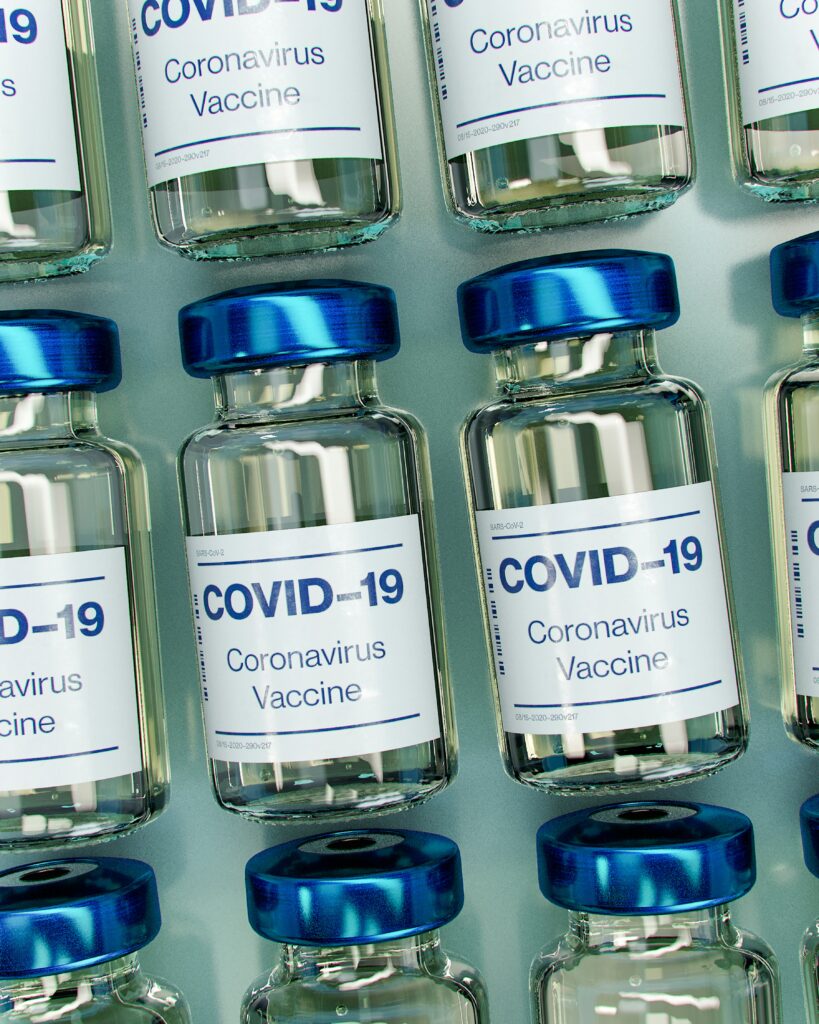
History of Penis Pump Use in Peyronie's Disease Treatment
Discussing when and how penis pumps were first used
The use of penis pumps for medical purposes dates back to the early 20th century. Initially developed as a treatment for erectile dysfunction, penis pumps gained popularity in the 1970s and 1980s when they were introduced as an alternative to invasive surgical procedures. However, their application in Peyronie's disease treatment is relatively recent and has garnered attention due to their non-invasive nature and potential benefits in reducing curvature and improving sexual function.
Identifying previous studies or cases where pumps were used for Peyronie's
While research on the use of penis pumps specifically for Peyronie's disease treatment is limited, several case reports and small-scale studies have explored their efficacy. These studies have shown promising results, with varying degrees of improvement in penile curvature, pain reduction, and improved sexual function. Although larger-scale clinical trials are needed to validate these findings, the existing evidence suggests that penis pumps may be a viable non-surgical treatment option for Peyronie's disease.
Understanding the progression of its use over time
Initially, penis pumps were primarily used as a temporary solution for achieving erection in individuals with erectile dysfunction. Over time, their therapeutic potential for Peyronie's disease became apparent, leading to increased research and exploration of their efficacy in this specific context. As our understanding of Peyronie's disease and its treatment options expands, the role of penis pumps may continue to evolve, potentially becoming an integral part of a comprehensive approach to managing this condition.
The Process of Using Penis Pumps for Peyronie’s Disease
Explaining the recommended usage guidelines
Proper usage of penis pumps is essential to ensure safety and maximize their potential benefits. The general process involves placing the plastic cylinder over the penis and creating a vacuum by operating the hand or battery-operated pump. This action draws blood into the penis, resulting in an erection. Once an erection is achieved, a constriction ring is placed at the base of the penis to maintain the erection.
Discussing the frequency and duration of usage for optimal results
The frequency and duration of using penis pumps for Peyronie's disease vary depending on individual needs and preferences. It is typically recommended to start with short pumping sessions, gradually increasing the duration as tolerated. Regular usage, such as a few times per week, is often recommended to achieve and maintain the potential benefits. However, it is crucial to consult with a healthcare professional who can provide personalized guidance based on your specific condition and treatment goals.
Understanding safety precautions
To ensure the safe and effective use of penis pumps, certain precautions should be taken. First and foremost, it is crucial to follow the manufacturer's instructions carefully. Overuse or excessive pressure can lead to adverse effects, so it is essential not to exceed the recommended pump usage duration or pressure levels. Additionally, individuals with certain medical conditions, such as bleeding disorders or active infections, should consult with a healthcare professional before using penis pumps. Regular monitoring and communication with a healthcare provider are key to ensuring the safe and optimal use of penis pumps in the treatment of Peyronie's disease.
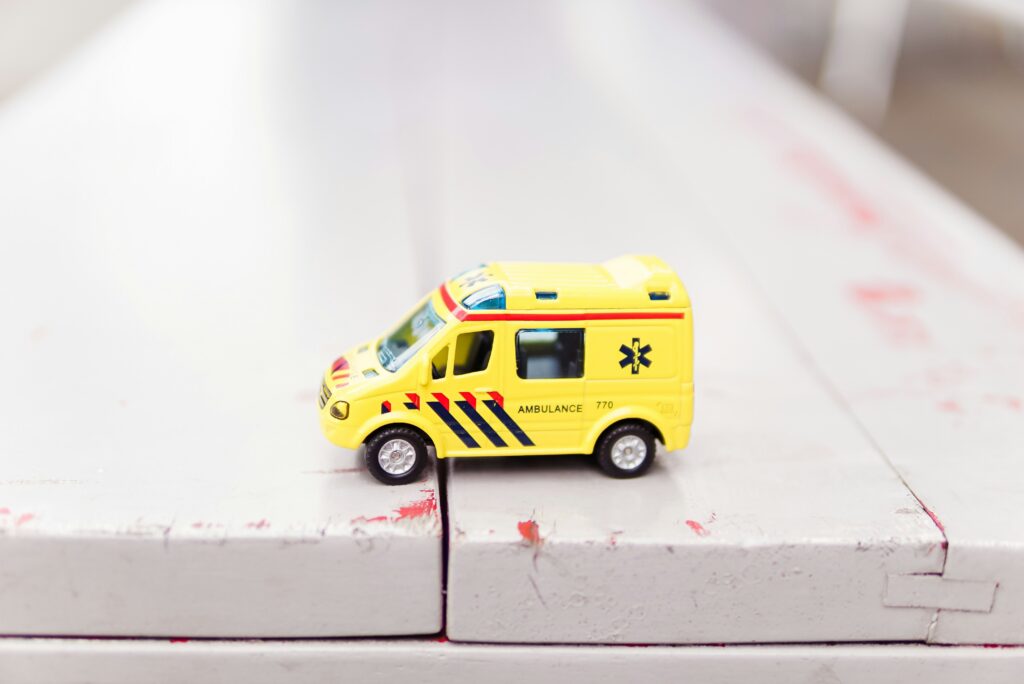
Efficacy of Penis Pumps in Peyronie's Disease treatment
Examining scientific research or clinical trials
While the scientific research on using penis pumps specifically for Peyronie's disease treatment is limited, preliminary studies and case reports suggest their potential efficacy. These studies typically assess improvement in penile curvature, pain reduction, and sexual function enhancements. However, it is important to note that larger-scale clinical trials are needed to confirm and establish the effectiveness of penis pumps in Peyronie's disease treatment.
Discussing success rates and patient testimonials
Success rates regarding the use of penis pumps in Peyronie's disease treatment can vary among individuals. Some men report significant improvements in penile curvature, reduced pain, and enhanced sexual function after incorporating penis pumps into their treatment regimen. However, it is important to remember that individual experiences may differ, and the effectiveness of penis pumps may vary depending on the severity of Peyronie's disease and other individual factors. Consulting with a medical professional can help assess the suitability and potential benefits of penis pumps in your specific case.
Understanding potential challenges or issues in using pumps for Peyronie's
While penis pumps show promise as a non-invasive treatment option for Peyronie's disease, there are potential challenges and limitations to consider. The effectiveness of penis pumps may depend on various factors, including the severity of curvature, individual response to treatment, and adherence to recommended usage guidelines. Additionally, the psychological impact of living with Peyronie's disease may not be fully addressed by the use of penis pumps alone. A comprehensive approach that includes psychological support and other treatment modalities may be necessary for optimal management of Peyronie's disease.
Comparison with Other Treatment Methods
Comparing pumps with drugs and injections
When considering treatment options for Peyronie's disease, it is essential to compare penis pumps with other available methods. Medications, such as collagenase injections or oral supplements, aim to reduce plaque formation and improve symptoms associated with Peyronie's disease. While these drugs may be effective for some individuals, they may also have potential side effects or limited efficacy. In comparison, penis pumps offer a non-invasive and drug-free option that may provide improvement in curvature and sexual function without the potential risks associated with medications.
Assessing pumps versus surgery
Surgical intervention is considered a definitive treatment option for severe cases of Peyronie's disease, particularly when curvature significantly impairs sexual function or causes psychological distress. Surgical procedures like penile plication or grafting aim to straighten the penis, but they carry the inherent risks associated with any surgical procedure. In contrast, penis pumps offer a non-surgical alternative that can potentially improve curvature while minimizing the risks and recovery time associated with surgery.
Understanding the benefits and drawbacks of pumps compared to other non-invasive methods
In addition to penis pumps, other non-invasive treatment modalities for Peyronie's disease exist, such as penile traction devices and shockwave therapy. Penile traction devices aim to gradually stretch the penile tissues, reducing curvature over time. Shockwave therapy utilizes low-intensity soundwaves to break down plaque and stimulate healing. Each treatment modality has its unique benefits and drawbacks, and the suitability of each approach varies depending on individual circumstances. Consulting with a healthcare professional can help assess the most suitable treatment options based on your specific condition and preferences.
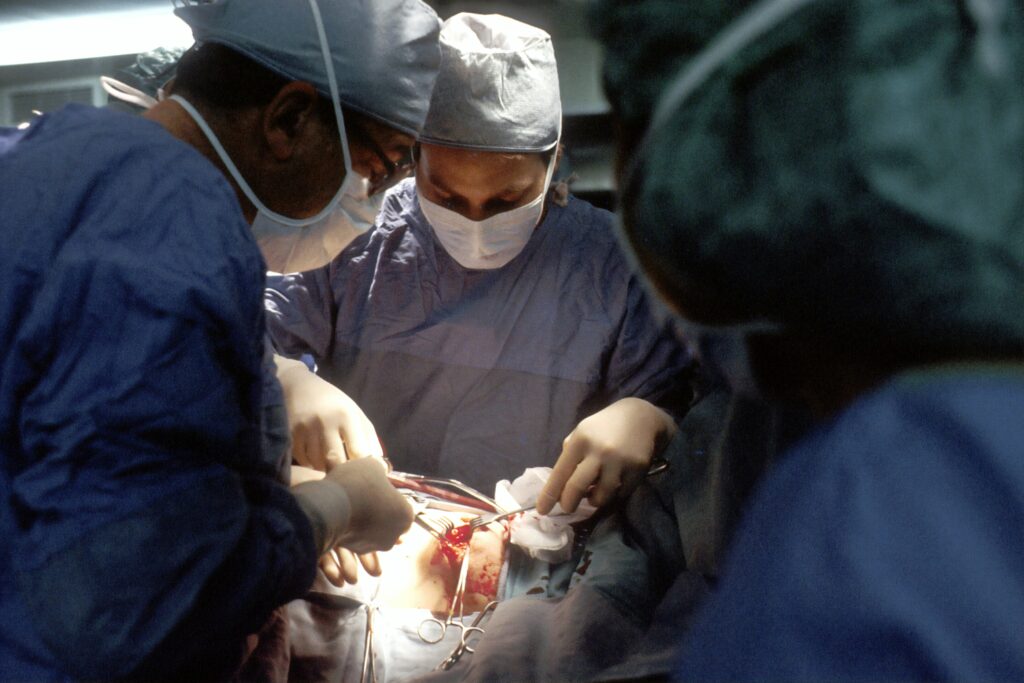
Potential Side Effects and Risks of Penis Pumps
Describing possible side effects
When used correctly, penis pumps are generally safe. However, some individuals may experience temporary side effects, including mild discomfort, bruising, or temporary redness of the skin. These side effects are typically harmless and resolve on their own. It is important to note that overusing or applying excessive pressure when using a penis pump can lead to more severe side effects, such as penile numbness, skin irritation, or inadequate blood flow.
Understanding risks associated with improper use
Improper use of penis pumps can pose risks to your health. For example, excessive pumping or applying too much pressure can result in tissue damage, including penile hematoma or diminished blood flow. It is crucial to follow the recommended guidelines provided by the manufacturer and consult with a healthcare professional for personalized advice. They can assess your individual condition and provide guidance to mitigate potential risks and ensure safe and effective usage of penis pumps.
Explaining how to mitigate potential risks
To minimize potential risks associated with penis pump usage, several steps can be taken. First and foremost, it is crucial to follow the recommended guidelines, including duration of pump usage and pressure levels. Regular monitoring of your symptoms and penile health, as well as communication with a healthcare professional, can help identify any potential issues early on. If you experience any persistent discomfort, changes in sensation, or worsening of symptoms, it is important to seek medical attention promptly.
Consulting a Medical Professional
Importance of a doctor’s consultation before starting treatment
Before starting any treatment for Peyronie's disease, including the use of penis pumps, it is essential to consult with a healthcare professional. They can assess your individual condition, discuss potential treatment options, and provide personalized guidance. A doctor's consultation is crucial to ensure an accurate diagnosis, understand the benefits and potential risks of penis pumps, and consider other treatment modalities that may be appropriate for your specific circumstances.
Understanding how individual conditions can vary treatment effectiveness
Peyronie's disease can vary in severity and individual response to treatment. What works well for one person may not yield the same results for another. Consulting with a medical professional allows for a comprehensive evaluation of your condition and consideration of other factors that may influence treatment effectiveness. Your doctor will work with you to develop a personalized treatment plan that may include penis pumps or other appropriate therapies to optimize your outcomes.
Potential diagnostic tests prior to pump use
Before initiating treatment with penis pumps, a medical professional may recommend certain diagnostic tests to evaluate your condition thoroughly. These tests can include a physical examination, imaging studies such as ultrasound, or blood tests to rule out underlying conditions. These diagnostic tests are essential for an accurate diagnosis of Peyronie's disease and to determine the most appropriate treatment options for your specific situation.
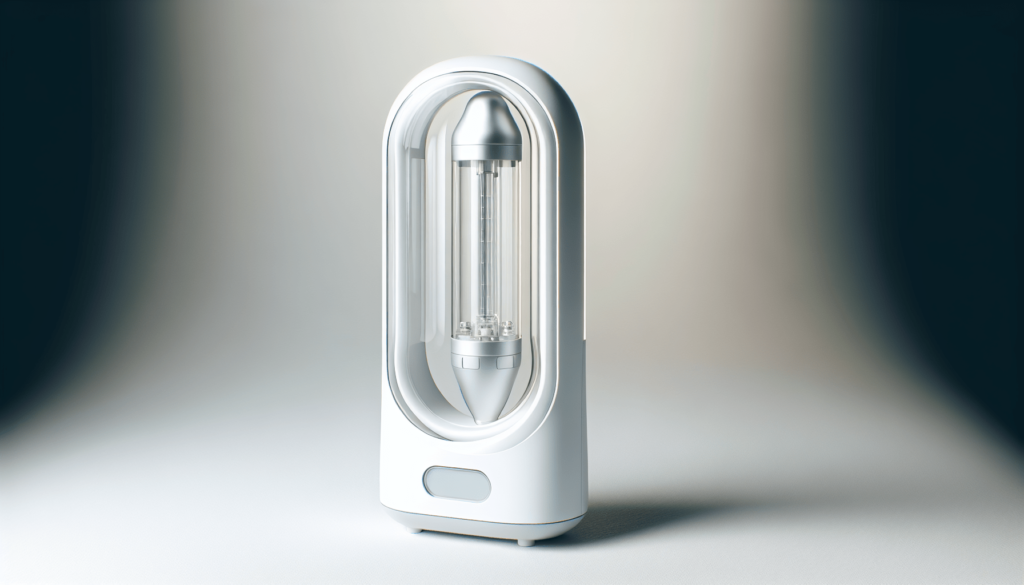
Cost and Accessibility of Penis Pumps
Exploring the average cost of penis pumps
The cost of penis pumps can vary depending on brand, features, and additional accessories. On average, a basic penis pump can range from $50 to $150, while more advanced models with additional features may cost upwards of $200 or more. It is important to consider long-term costs, such as replacement parts or accessories, when evaluating the overall affordability of penis pumps.
Discussing insurance coverage and affordability
Insurance coverage for penis pumps can vary depending on your insurance provider and the specific terms of your policy. In some cases, insurance may cover the cost of a medically necessary penis pump if it is prescribed by a healthcare professional. However, coverage policies can differ widely, so it is crucial to check with your insurance provider to determine if penis pumps are covered under your specific plan. Additionally, affordability options, such as financing or assistance programs, may be available to make penis pumps more accessible to individuals who require them for Peyronie's disease treatment.
Understanding where to buy and how to choose a penis pump
Penis pumps are widely available for purchase both online and in certain retail stores specializing in sexual wellness products. When choosing a penis pump, it is important to consider factors such as quality, safety features, and customer reviews. Opting for reputable brands and suppliers can help ensure that you are purchasing a reliable product. Additionally, consulting with a healthcare professional can provide valuable guidance on the most suitable penis pump for your specific needs.
Future of Penis Pumps in Peyronie's Disease Treatment
Predicting future research directions
As our understanding of Peyronie's disease and its treatment options continues to evolve, it is likely that further research will be conducted to explore the potential benefits of penis pumps. Future studies may focus on large-scale clinical trials to validate the efficacy of penis pumps in Peyronie's disease management. Additionally, research efforts may delve into optimizing the design and features of penis pumps to further improve their effectiveness and patient satisfaction.
Understanding potential advancements in pump technology
Advancements in technology have the potential to enhance the functionality and usability of penis pumps. Future developments may focus on improving the ease of use, comfort, and safety features of penis pumps. Integration of digital monitoring and data collection capabilities may provide valuable insights into treatment progress and allow for personalized adjustments. These advancements can potentially enhance the user experience and further establish penis pumps as a viable treatment option for Peyronie's disease.
Anticipating possible changes in medical opinions or guidelines
As scientific research continues to accumulate and our understanding of Peyronie's disease evolves, medical opinions and guidelines may change over time. The role of penis pumps in Peyronie's disease treatment may be further elucidated, potentially leading to standardized protocols and recommendations. It is important to stay informed and consult with healthcare professionals to ensure that you receive up-to-date and evidence-based advice regarding the use of penis pumps for Peyronie's disease.
In conclusion, penis pumps have emerged as a potential non-invasive treatment option for Peyronie's disease. Although further research is needed to confirm their efficacy and establish their role in the management of this condition, preliminary studies and patient testimonials suggest their potential benefits in reducing curvature and improving sexual function. However, it is important to consult with a healthcare professional to determine the most suitable treatment approach based on your individual condition and preferences. By working closely with medical professionals, individuals with Peyronie's disease can explore various treatment options, including penis pumps, as part of a comprehensive plan to address the physical and psychological aspects of this condition.
